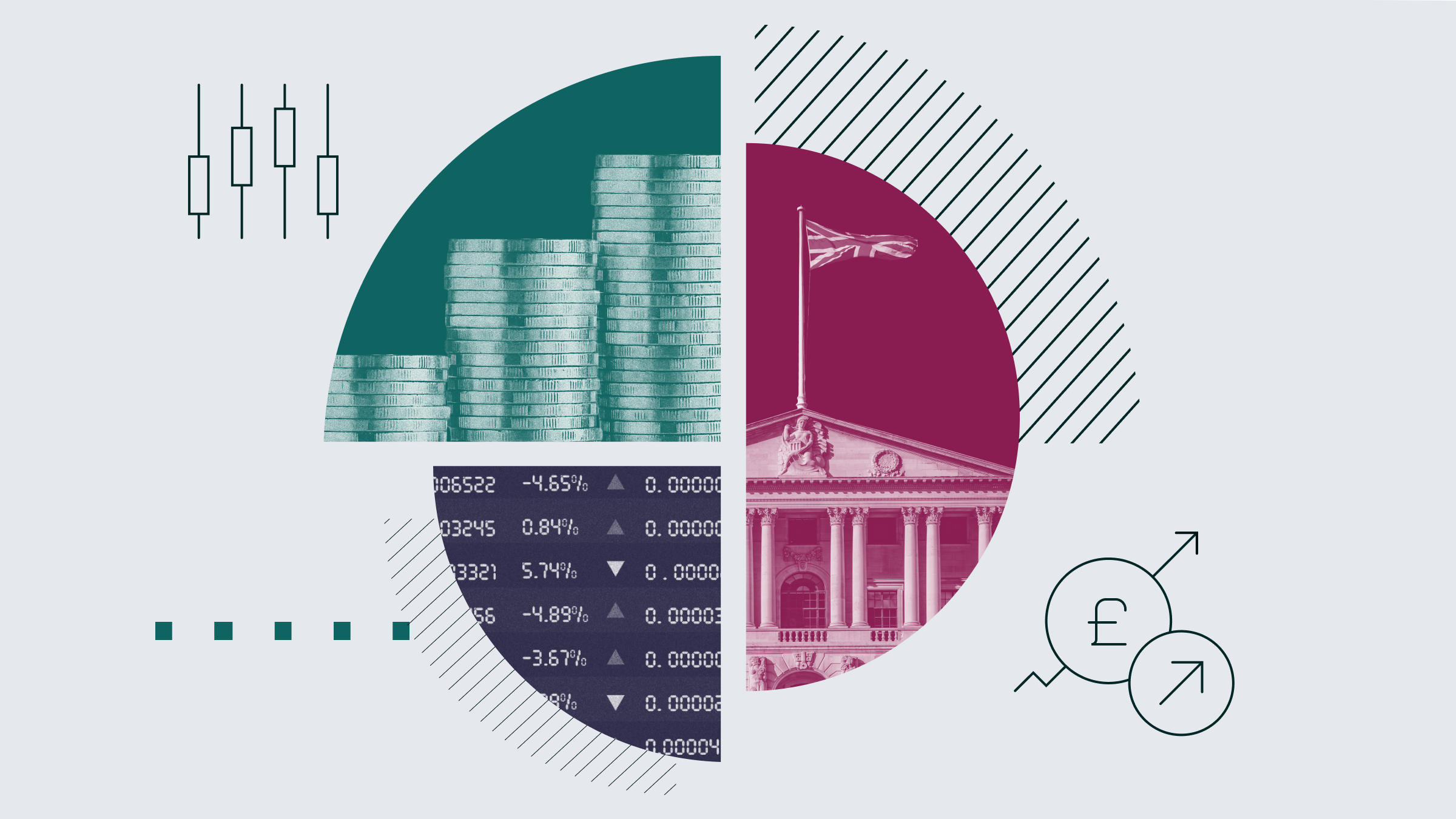Question: I keep hearing about Morningstar's moat ratings. What is this and how does it work?
Answer: Here at Morningstar we often talk about moats, not because we enjoy storming castles, but because we believe a company's economic moat can be a great indicator of its long-term prospects.
For the uninitiated, a company's "economic moat"--a term coined by Warren Buffett--refers to the degree to which a company has sustainable competitive advantages within its industry. Essentially, an economic moat refers to how likely a company is to keep competitors at bay for an extended period.
Sustainable advantages can take several different forms. One source of an economic moat would be a patent that prevents competitors from offering a viable alternative product. For example, a pharmaceutical company may have a patent on a popular drug, providing a sustainable competitive advantage for years.
Another type of economic moat is what's called the "network effect". This means the value of a product or service grows as more people use it. This creates a virtuous cycle making it more likely that new users will sign on and making it increasingly harder for competitors to build the critical mass needed to compete.
One good example of this "network effect" is the newly public company Facebook (FB); as more users join and share content, Facebook becomes more attractive to even more potential users and business partners. As these users create detailed profiles, communicate with friends, post pictures, and download Facebook applications, the firm benefits from another kind of moat--switching costs. This occurs when customers stick around because moving elsewhere is costly or time-consuming. Entrenched Facebook users are unlikely to leave unless they can easily take their network of friends, content, and applications with them.
Equity Analysts Assign Ratings
Morningstar's equity analyst team assigns one of three economic moat ratings--wide, narrow, or none--to each stock it covers. A company with a wide economic moat is poised to hold off its competitors for the foreseeable future; a company with a narrow moat has a smaller advantage; and a company with no moat has no perceived long-term competitive advantage. (It's just like a castle with a moat, the wider the moat, the more insulated the castle is from enemies.)
The economic moat rating is a key component used by Morningstar analysts to arrive at fair value estimates for stocks and it helps investors evaluate their options within an industry. (For more on how Morningstar analysts use this tool and other measures to arrive at fair value estimates for equities, check out the article: Estimating Stocks' Fair Values a Complex Process.)
A committee of 20 senior equity analysts assigns a moat rating to each of the 2,000 stocks the team covers around the world. This committee must also approve all changes to the ratings.
One of the keys to finding superior long-term investments is buying companies that will be able to stay one step ahead of their competitors. This characteristic is essentially what Morningstar is trying to capture with its economic moat rating system.
Premium subscribers can look at the different moat ratings for different companies around the world. You will find the economic moat rating in a company's Stock Analysis report. (For example, if you look at Facebook's Stock Analysis page, you will see Morningstar's economic moat rating on the right hand side of the page.)
Not a Premium member? Get these moat analyses immediately when you try Morningstar Premium free for 14 days.























